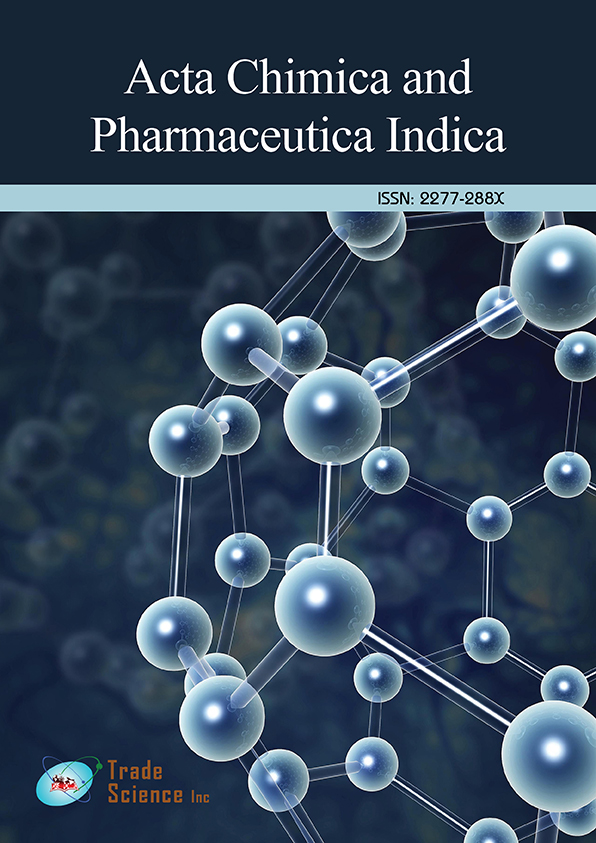Perspective
, Volume: 13( 4) DOI: 10.37532/2277-288X.2023.13(4).217A Homemade Method for Creating Desired Mutant Proteins
- *Correspondence:
- Alexander MillerDepartment of Chemistry, QTU University, United States, E-mail: mileralex4572@gmail.com
Received: October 01,2023, Manuscript No. tsacpi-24-116341; Editor Assigned: October 05,2023, Pre-QC No. tsacpi-24-116341(PQ); Reviewed: October 20,2023, QC No. tsacpi-24-116341(Q); Revised: October 25,2023, Manuscript No. tsacpi-24-116341(R); Published: October 29,2023. DOI: 10.37532/2277-288X.2023.13(4).217
Citation: Miller A. A Homemade Method for Creating Desired Mutant Proteins. Acta Chim Pharm Indica 2023;13(4):1-2.
Abstract
Mutant proteins play a crucial role in understanding biological mechanisms and are vital in various fields, including medicine, agriculture, and biotechnology. This article presents a do-it-yourself protocol for creating desired mutant proteins, providing insights into the methods and tools required. The protocol focuses on site-directed mutagenesis and its potential applications in scientific research and industry.
Keywords
Mutant proteins; Site directed mutagenesis; Genetic engineering
Introduction
Proteins are fundamental biological molecules that perform diverse functions in living organisms. Studying and modifying proteins is crucial for advancing our understanding of biology and developing innovative technologies. Site-directed mutagenesis is a powerful technique used to introduce specific mutations into a protein's sequence, altering its properties and behavior. This protocol outlines a simplified approach for scientists and enthusiasts to create desired mutant proteins through site-directed mutagenesis.
Identify the target protein and determine the desired mutations to introduce. Analyze the protein structure and function to predict the impact of mutations. Design primers incorporating the desired mutations. Use PCR to amplify the DNA fragment containing the target gene with the mutations. Denature the amplified DNA to create single-stranded DNA fragments. Allow the single-stranded fragments to anneal, forming mutated DNA. Use ligase to join the mutated DNA fragments. Transform the ligated DNA into a suitable host organism (e.g., bacteria) for replication. Select transformed cells that carry the mutant DNA using appropriate selection markers. Verify the presence of mutations using DNA sequencing. Generating specific mutant proteins is a key element in molecular biology and biotechnology. Grasping the technique of site-directed mutagenesis and the skill to produce mutant proteins enables both researchers and hobbyists to add to the expanding understanding in this area. This do-it-yourself guide offers a straightforward overview for those keen on altering proteins, promoting progress in diverse scientific and industrial fields. By utilizing this method, researchers can customize proteins to meet particular needs, enhancing our comprehension of biological systems and fueling innovation in the biotechnological sector.
Conclusion
Creating desired mutant proteins is a fundamental aspect of molecular biology and biotechnology. Understanding the process of sitedirected mutagenesis and having the ability to create mutant proteins empowers researchers and enthusiasts alike to contribute to the growing body of knowledge in the field. This DIY protocol provides a simplified guide for individuals interested in modifying proteins, facilitating advancements in various scientific and industrial applications. By employing this approach, researchers can tailor proteins to suit specific requirements, thereby advancing our understanding of biological systems and driving innovation in the biotechnological realm.
